DIY Edible Chestnut Peeler
Edible chestnuts are an underrated delicacy that can be brought from the forest as easily as mushrooms or blueberries. With a self-made peeler, processing edible chestnuts is a breeze. We can easily fill our freezer with a few kilos of edible chestnuts, which can be defrosted in the microwave at any time within a minute. And add them to a salad, for example, which becomes perfect.
Processing edible chestnuts without a peeler is laborious. Two handfuls can either be skewered or cut and baked with the skin on, or peeled with a knife and baked, or boiled and peeled cooked. But if we want to process more and freeze them, peeling one at a time will be an incredible chore.
In contrast, processing edible chestnuts with a peeler is a relaxing experience.
The chestnut peeler – what inspired me
https://www.youtube.com/watch?v=-DMOyFWhtWk
https://www.youtube.com/watch?v=Mn74Ri99NPE
https://www.chestnutpeeler.com/
aliexpress, search for chestnut peeler
What we need
A conical pot
Wooden pot mat (round, 20cm diameter)
A piece of board or batten to hold the threaded rod at the bottom of the pot
Plexiglas to cover the pot to keep the chestnuts from flying out (or the knives in case of failure)
Threaded rod (8mm diameter tested)
4 mothers
Knives for the extendable knife
Wood screws and washers for fixing the knives
What we don’t need – how not to build a peeler
The bottom of the cake tin – I’ve tried the blind route to see if cutting the bottom of the tin with tin snips will work. It won’t work, it’s not sharp enough, the chestnuts jump and the skin doesn’t break at all.
How to make a chestnut peeler
Cut 4 notches about 5cm long and 1cm wide in the wooden pot mat and drill an 8mm hole in the middle for the threaded rod. Use the screws and washers to attach the ejector knives to the edge of the notches and you have a finished peeling disc. Careful, the knives are really sharp! Use two nuts on each side to secure the peeling disc to the threaded rod so that it does not scrape the inside of the pot and the chestnuts do not fall through the circumference. Place a piece of lath with an 8mm hole drilled in it down into the pot, in which the threaded rod will rotate. Place the plexiglass with the hole drilled for the threaded rod (more than 8mm ideally) on top of the pot. Place 2 handfuls of edible chestnuts on the peeling disc and spin quickly with the screwdriver for about 50 seconds. Just the cheapest one from Lidl will do and I can peel.
Safety
Only make your own peeler at your own risk, you’d better buy one on aliexpress (electric chestnut peeler/sheller) or a Korean one. If you make one anyway, a few guidelines:
- Don’t stick your hands in it while it’s spinning. Don’t stick your hands in spinning machines.
- Don’t put your hands in it even when it’s not spinning. Peel the chestnuts, empty them, remove the skins from the knives with a stick.
- Make the peeler with a cool head. If something is rubbing or loose, it can be solved calmly, not by frantic tightening. To keep the disc from loosening from the threaded rod, it needs to be tightened with two nuts on each side. Tighten so that if the pliers slip, the hands will go outside the disc with the knives, i.e. pliers longer than the radius of the disc. If the disc won’t spin, think calmly to see if the threaded rod is well seated at the bottom, or where there is any irregularity. Do not address this with a more powerful drill. For example, in my pot, it helped to pad the plate at the bottom a little, because the bottom is convex and the plate then tilted and the threaded rod bit.
- Cover the pot with something so that the chestnuts don’t fly out and the blades can’t fly out if they accidentally come loose.
Future
If the fields where wheat is grown are causing erosion, soil devastation due to intensive fertilization and an increase in drought due to minimal water retention in the landscape, there is nothing easier than to plant a few fields with edible chestnuts and replace part of the wheat in the bread with edible chestnuts. The production of edible chestnuts per hectare is 1-5 tonnes, and the production of wheat per hectare is 1-10 tonnes, so it is not science fiction. Sources: https://wikifarmer.com/yield-harvest-storage-of-wheat/ https://fruitandnut.ie/chestnuts.html
Finally, some simple recipes.
Salad with goat’s cheese
Mix field greens, spinach, arugula or salad mix, dressing of mustard, olive oil and lemon juice, diced goat cheese and add edible chestnuts. You can also add cooked beetroot.
Edible chestnuts with turmeric and onion in coconut oil
Fry the onions in coconut oil, add a little salt and turmeric and add the edible chestnuts. And that’s it 😊

Jedlé kaštany 
Jedlé kaštany 
Jedlé kaštany 
Jedlé kaštany 
Jedlé kaštany 
Jedlé kaštany 
Jedlé kaštany 
Jedlé kaštany 
Jedlé kaštany 
Jedlé kaštany 
Jedlé kaštany

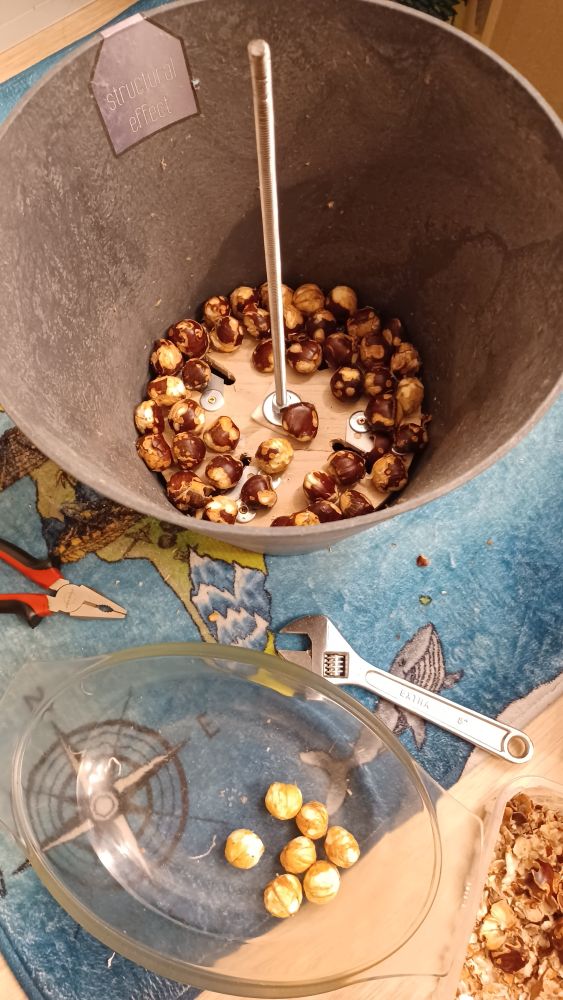
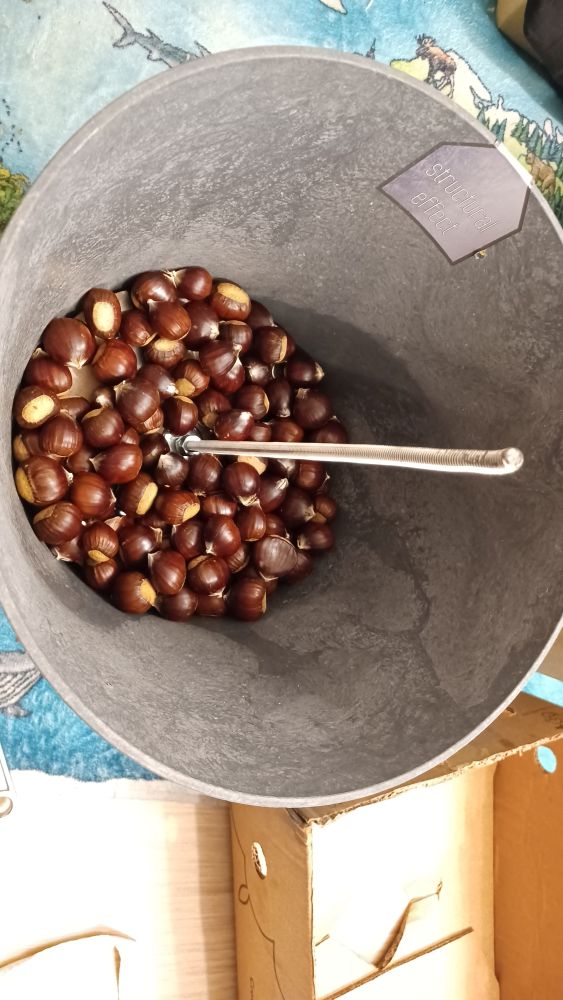
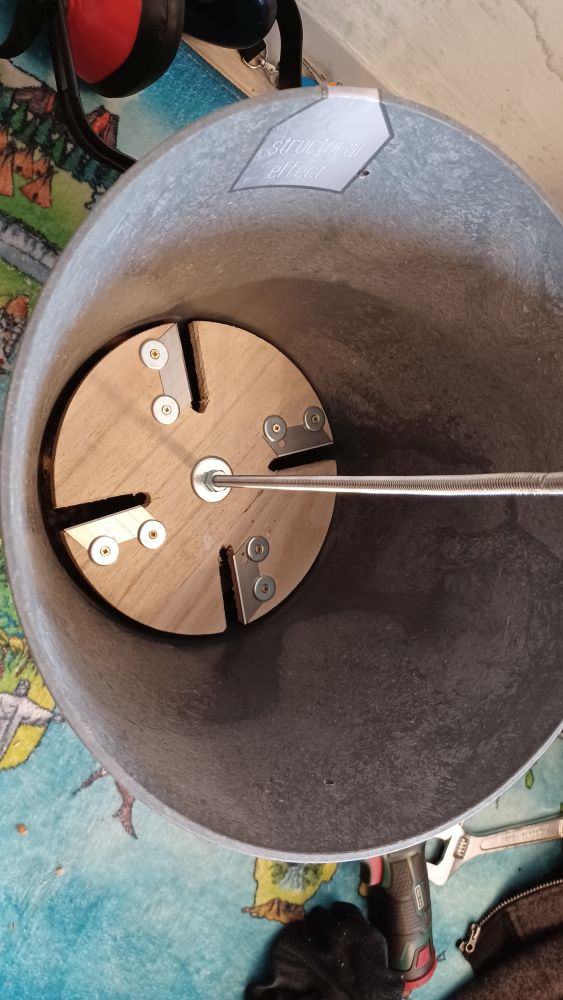
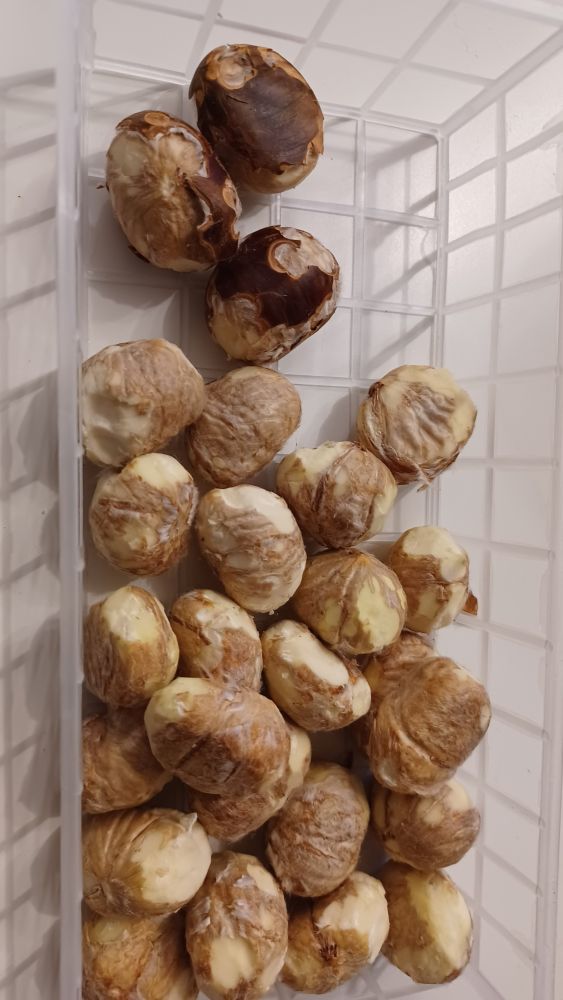
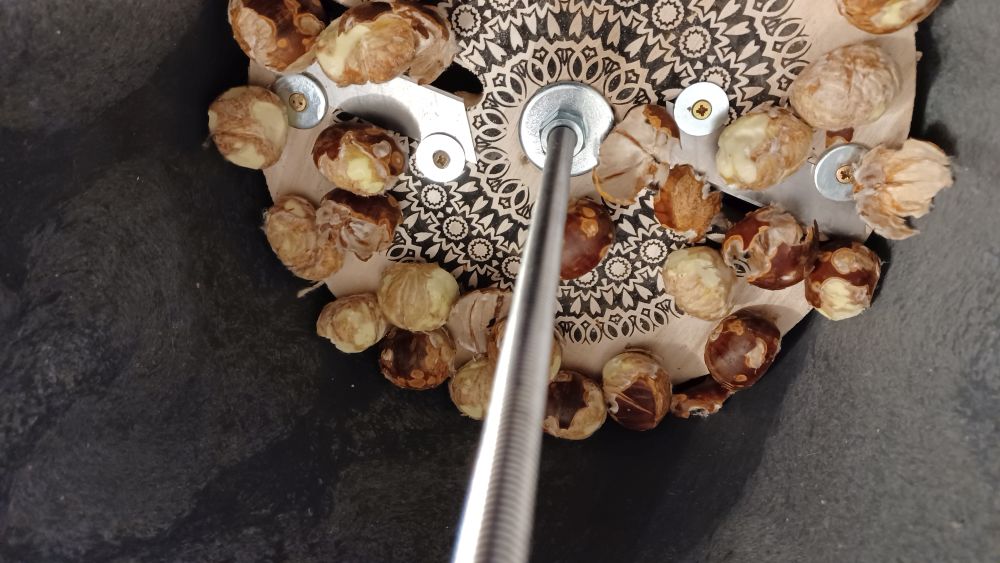
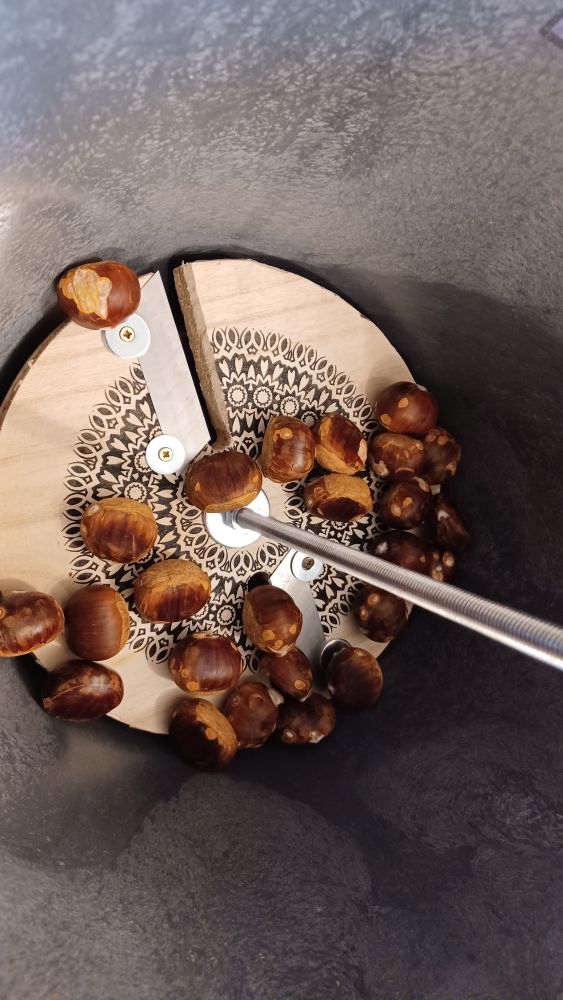
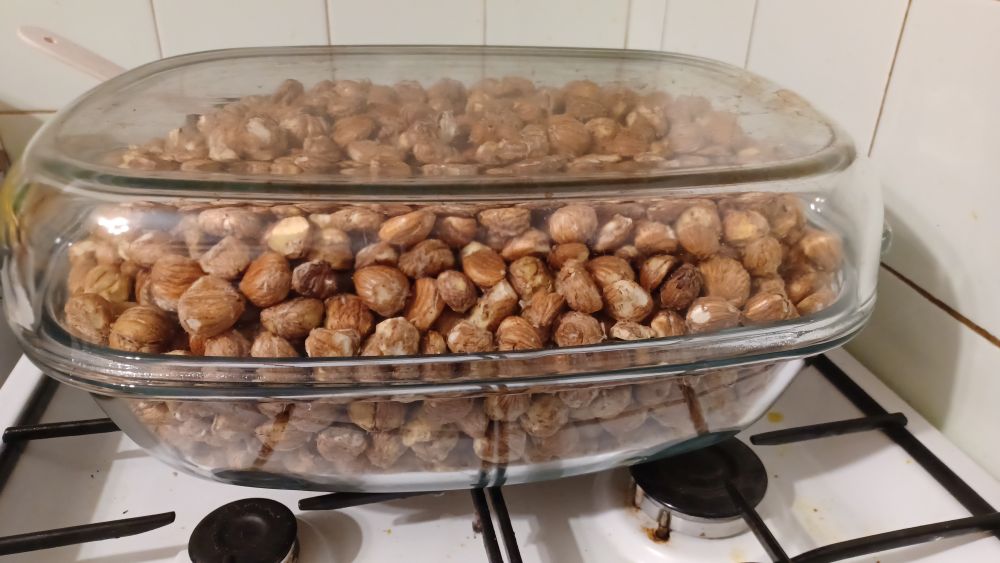
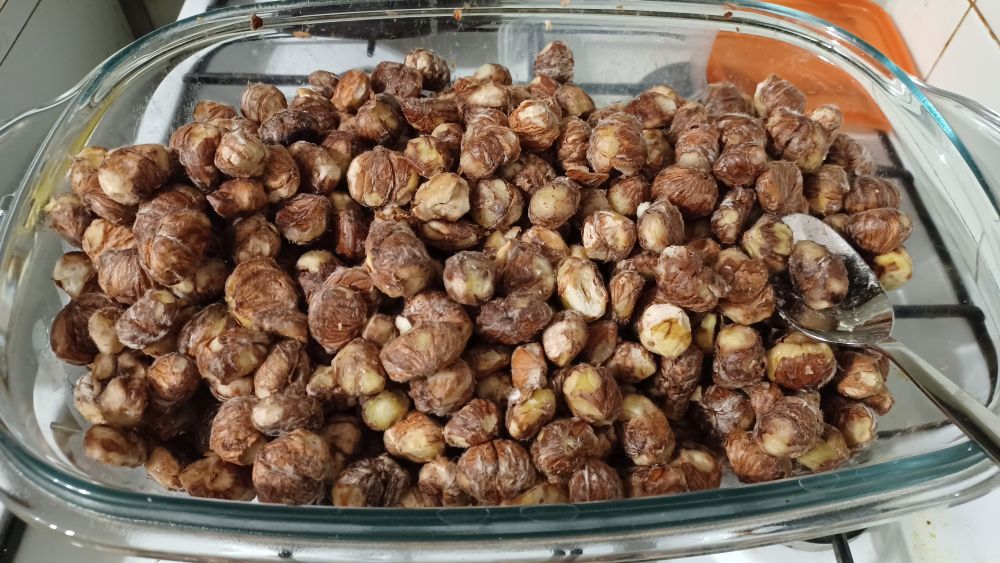
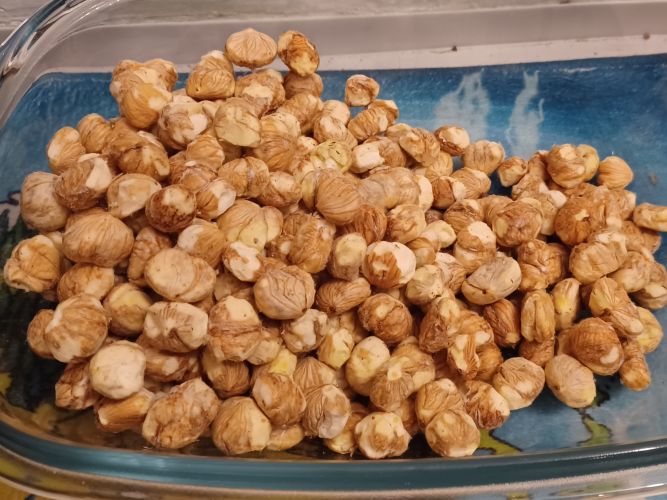
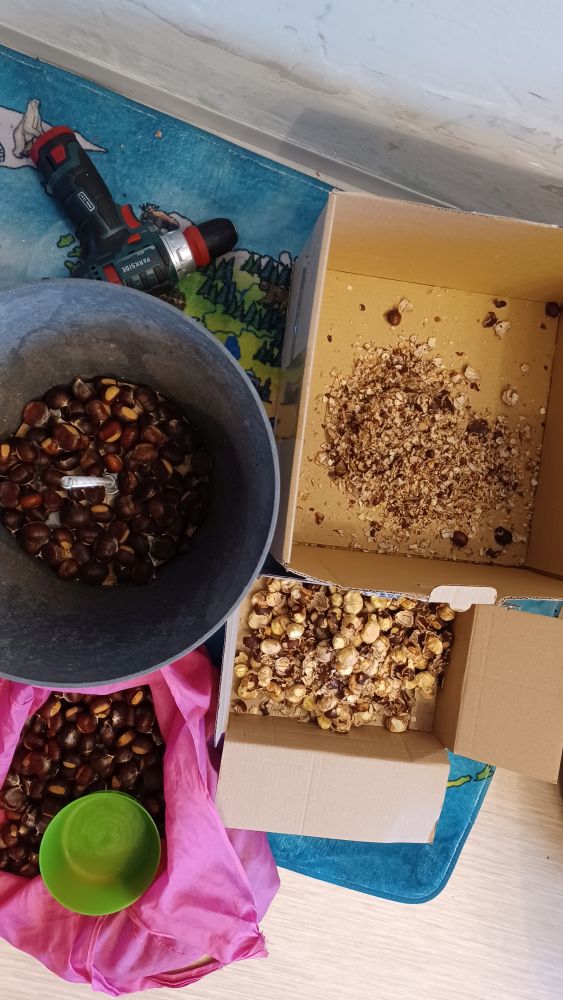
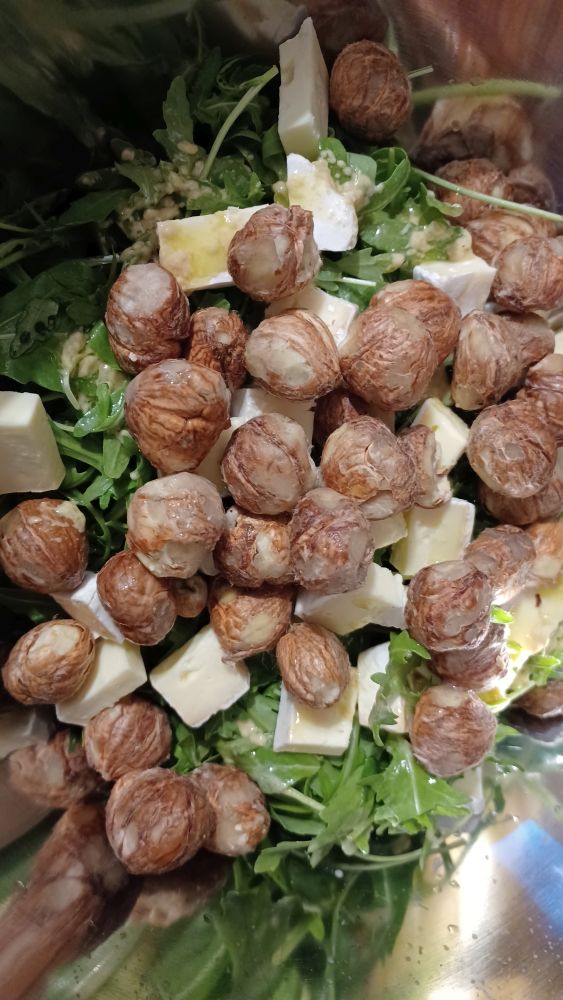



Nejnovější komentáře